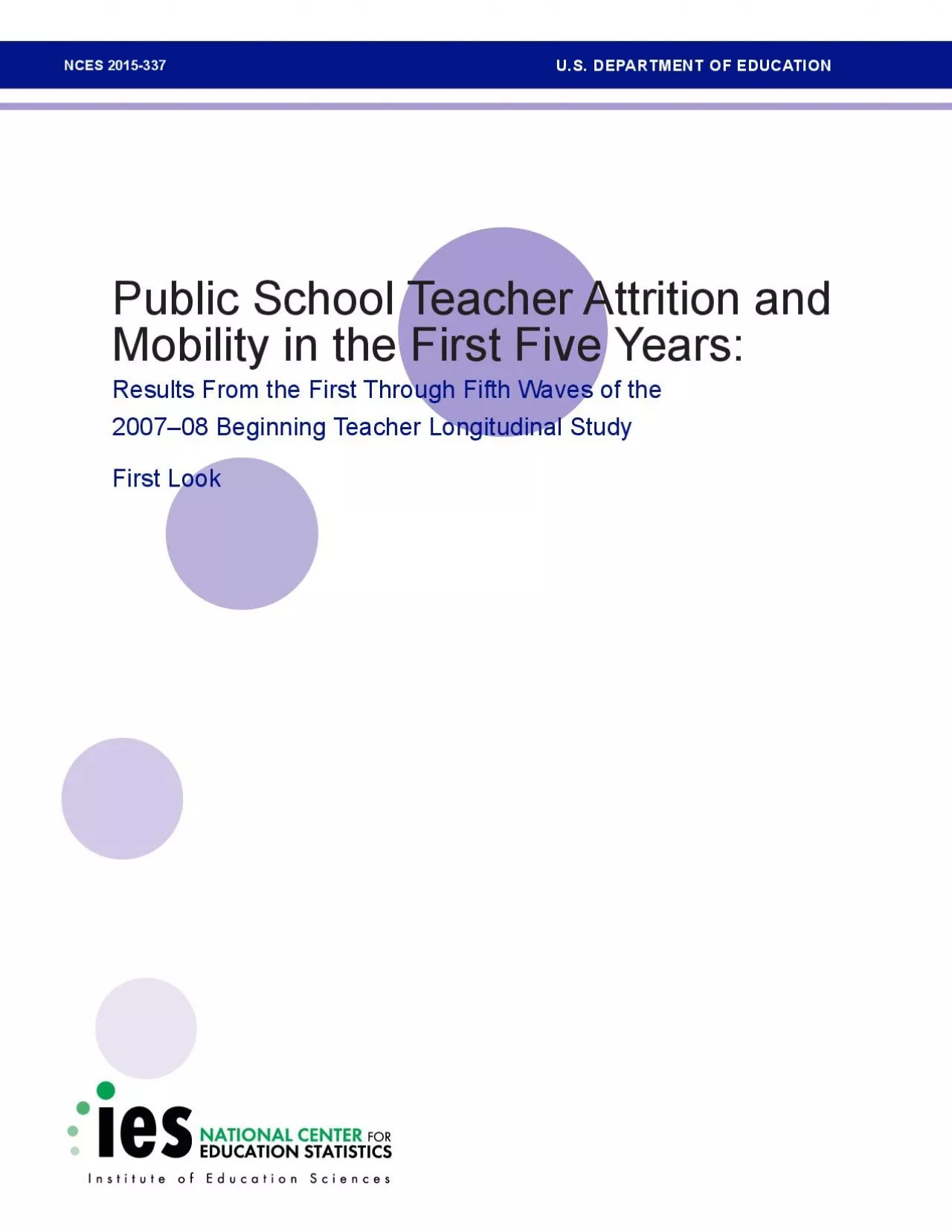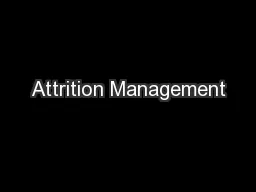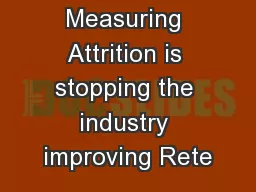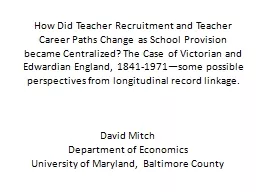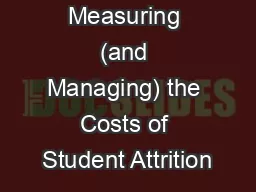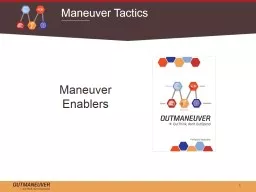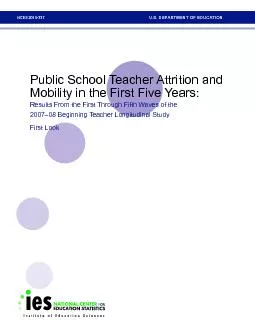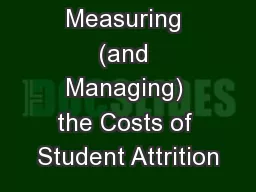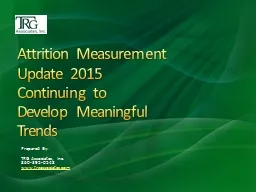PDF-U.S. DEPARTMENT OF EDUCATIONPublic School Teacher Attrition and Mobili
Author : scarlett | Published Date : 2020-11-24
200715008 Beginning Teacher Longitudinal Study Public SchoolTeacher Attrition and Mobility in the First Five Years Results From the First Through Fifth Waves of
Presentation Embed Code
Download Presentation
Download Presentation The PPT/PDF document "U.S. DEPARTMENT OF EDUCATIONPublic Schoo..." is the property of its rightful owner. Permission is granted to download and print the materials on this website for personal, non-commercial use only, and to display it on your personal computer provided you do not modify the materials and that you retain all copyright notices contained in the materials. By downloading content from our website, you accept the terms of this agreement.
U.S. DEPARTMENT OF EDUCATIONPublic School Teacher Attrition and Mobili: Transcript
Download Rules Of Document
"U.S. DEPARTMENT OF EDUCATIONPublic School Teacher Attrition and Mobili"The content belongs to its owner. You may download and print it for personal use, without modification, and keep all copyright notices. By downloading, you agree to these terms.
Related Documents

